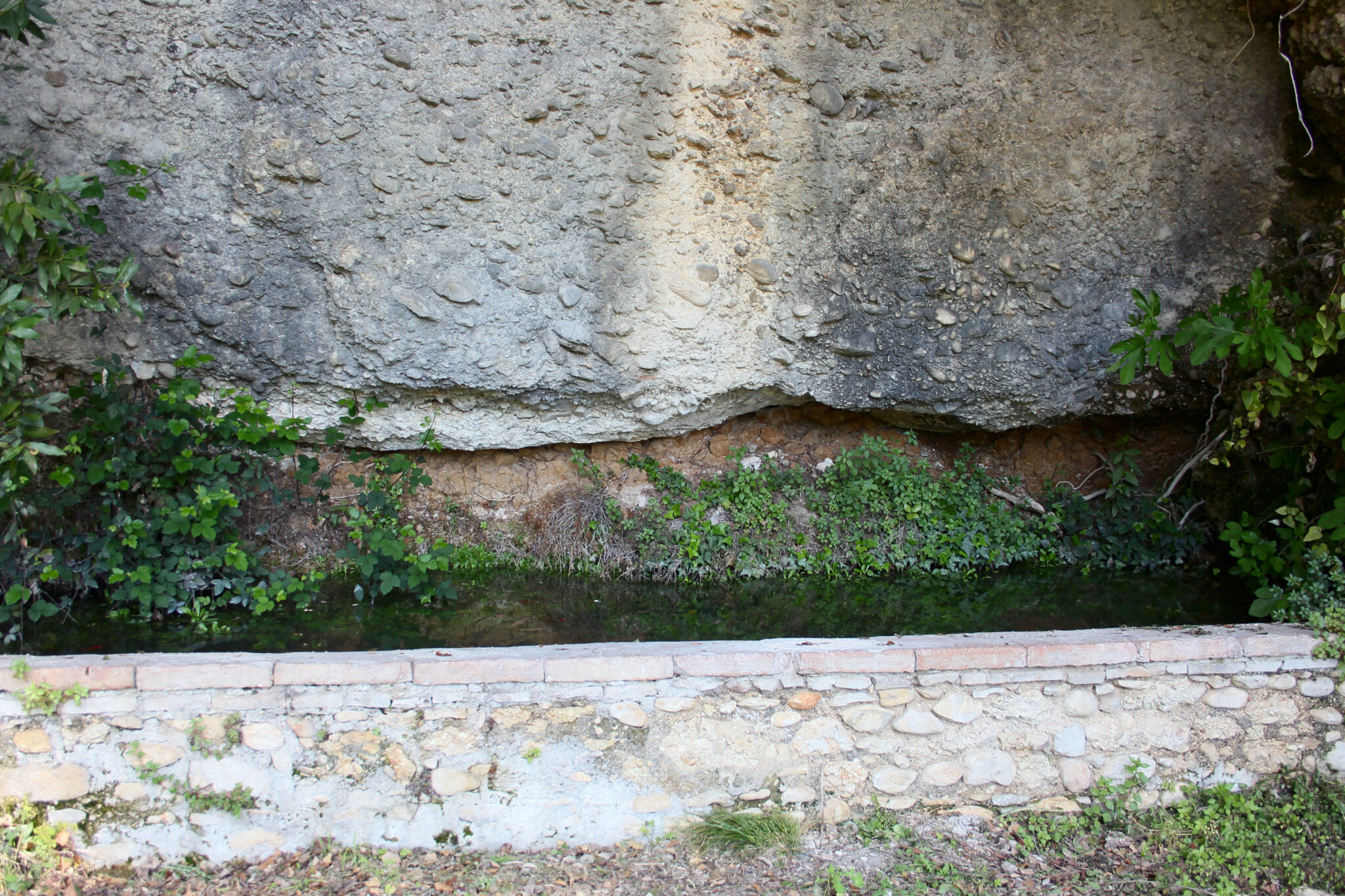The balcony of the Terni Valnerina, this is how Montefranco can be defined.
Valnerina and the path of the castles
Some finds and structures discovered on Mount Moro, one of the most evocative archaeological sites in the area, still testify today that these high places were used as early as the 4th century BC for religious and defensive purposes. It is no coincidence that the defensive function of Montefranco, already guaranteed by the naturally fortified position, reached its peak in the medieval era with the construction of the perimeter walls and two towers whose ruins still scan the horizon today.
Echoes from the Middle Ages, the story of an ancient rivalry in the Umbria of the knights
Founded in the 13th century by exiles from the neighboring Arrone with the name of Castel Bufone, the town still maintains its medieval urban and architectural structure unchanged, today regenerated by many renovations. Perhaps because it was located on the watershed between Valnerina and the Tescino torrent valley, where the Flaminia passes, Montefranco was an important place of passage between Valnerina, Terni and then Rome. This strategic position was confirmed in 1639 by the decision of Pope Urban VIII to have the route of the ironworks road serving the mines of Monteleone di Spoleto pass through here.
A Franciscan friar at the king’s court
Perhaps it was thanks to its position along the ancient communication routes of the time that on 11 May 1444 San Bernardino da Siena passed through Montefranco, on his way to L’Aquila, where he died a few days later. A plaque placed on the Spoleto gate commemorates his brief but intense stay within the city walls, while in Monzano stands the church erected in his memory. A fascinating history, splendid views, genuine products and the evocative re-enactment in honour of San Bernardino make Montefranco a place to experience and a starting point to discover the riches of coriander in Umbria from above.
On the trail of San Bernardino da Siena
He was born in Massa Marittima in 1380 and at the age of twenty-two he entered the Franciscan order of the Friars Minor, becoming a fervent preacher and missionary. During his life he distinguished himself for having addressed highly modern issues, such as the justification of private property, the aversion to usury and the value of entrepreneurship, carving out a prominent place for himself in the history of religious and economic thought of the time. During his journey to L’Aquila (where he died on May 20, 1444), he passed through Montefranco where, legend has it, he performed some miracles such as the spring of pure water that he made flow in the place where the convent dedicated to him was to be built.

Spirituality, history and tradition: a festival with the flavour of the Apennines
The most interesting historical reenactment of the village of Montefranco is centred on the passage of San Bernardino. With it, the miracle of bread and wine and the atmospheres of the time are remembered through some themed scenography set up in the historic centre, in an atmosphere of pleasant mysticism. In the streets of the village, scenes of life in the fifteenth century are reproduced with artisan workshops and typical characters of the period (acrobats, merchants, magicians and witches). The group of shooters in costume Pietro Micca, keeps alive the ancient tradition of blank shots during the festival, while in the taverns traditional local dishes are served. The reenactment ends with the sermon of San Bernardino at Porta Franca.
A church to discover in the heart of Valnerina
Below the road that goes from the Valnerina state road to Montefranco, in the locality of Monzano, stands the church of San Bernardino, built on the site of a previous religious building. The current structure is composed of a church and an oratory. The gabled façade has a masonry in Romanesque style ashlars that date the building back to a period before it was dedicated to the Franciscan saint: it is probably a remake of the previous church of San Primiano (dating back to between the 12th and 13th centuries). The frescoes present, dating back to between the 15th and 16th centuries, including the Madonna and saints, were created after the complex was dedicated to San Bernardino. Adjacent to the church is the structure of the convent of the minor friars.
Latest posts by Paolo Aramini (see all)
- Exploring Montefranco in the footsteps of San Bernardino da Siena - June 12, 2025
- Sellano: vici, pagi and castles - May 20, 2025
- Weekend in Valnerina, four things to do in Polino - April 10, 2025
